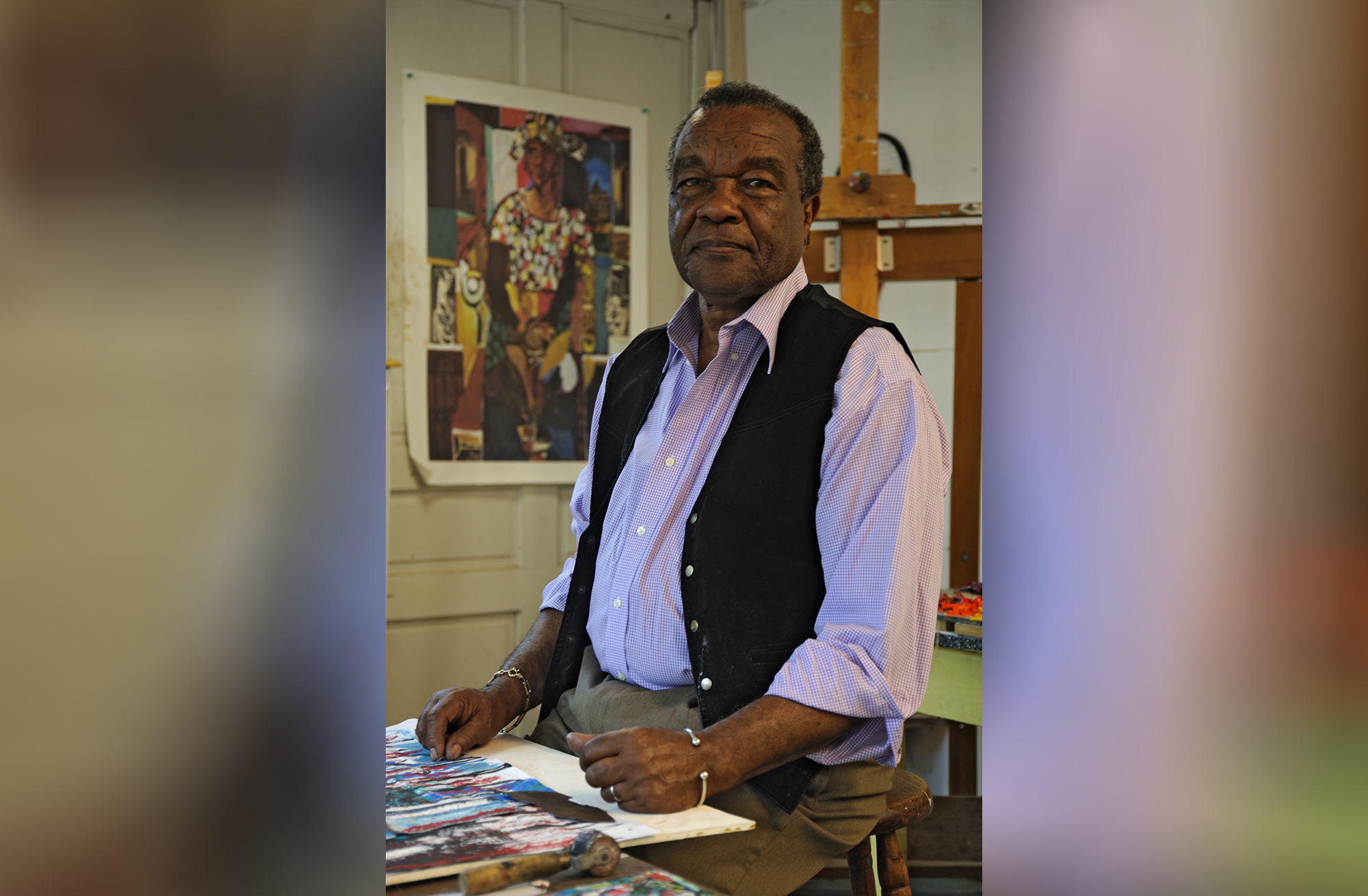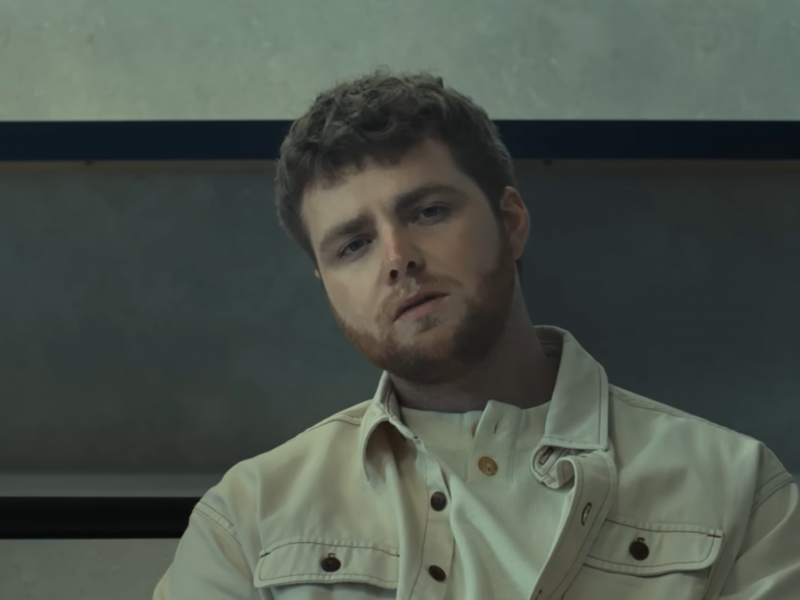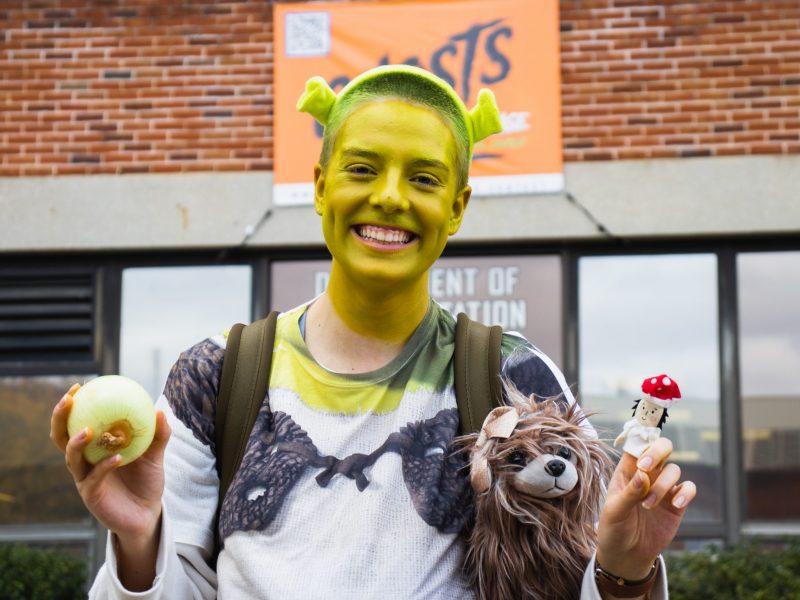Not only are the collections at the David C. Driskell Center incredibly enriching, but it also exudes a sense of community and acceptance. Since my first visit, it has always felt like a welcoming place.
That friendly energy carried over as friends and colleagues of the late David Driskell gathered at the fourth annual John Wilmerding Symposium on American Art Thursday to discuss the lasting memory of Driskell, who died April 1 due to complications from COVID-19. Held in partnership with the National Gallery of Art, the Skowhegan School of Painting & Sculpture and the Driskell Center, the symposium featured a panel of artists who remarked on Driskell’s legacy and lasting impact on the University of Maryland and the field of African American art.
The symposium began with introductory statements by some of his close friends. With the way he was described and the stories shared, Driskell’s undeniable charm and work toward racial unity in the art world was made apparent. It was amazing how connected the presentation made you feel to his work and his story, even if you never got the chance to meet him.
[Stop trying to make fall happen early]
The Zoom symposium was put together well, with a great live Q&A session and little stories about Driskell shared in the chat. It was inspiring to see how one person could have a lasting impact on so many people.
Mary Lovelace O’Neal, an American artist and educator, recounted, “Mr. Driskell … let me be as crazy as I needed to be.” Every story showed how accepting and loving he was as a person.
The event was held alongside two exhibits — “Trees by David C. Driskell” and “The David C. Driskell Papers” — both of which are available on the Driskell Center’s website. “Trees” ranges from abstract work to detailed line drawings of nature. Flipping through this exhibit was calming, and it inspired me to take a walk outside.
As they were speaking, I also looked through the “Papers” exhibit, which chronicles decades of Driskell’s career. The exhibit was a great supplement for the discussion because it allows you to flip through old pictures of Driskell and his work from the ‘50s to the 2000s, giving context to the stories you were hearing.
[This fall, fighting screen fatigue is imperative]
While the Driskell Center is temporarily closed due to the coronavirus pandemic, you can keep feeding your inner artist by taking a minute to look at the center’s online exhibits. If you want to get out of the house, the National Gallery of Art is now open for modified hours in some galleries. During these strange times, it’s crucial to keep having these discussions. Having a sense of community is incredibly important — now more than ever.



